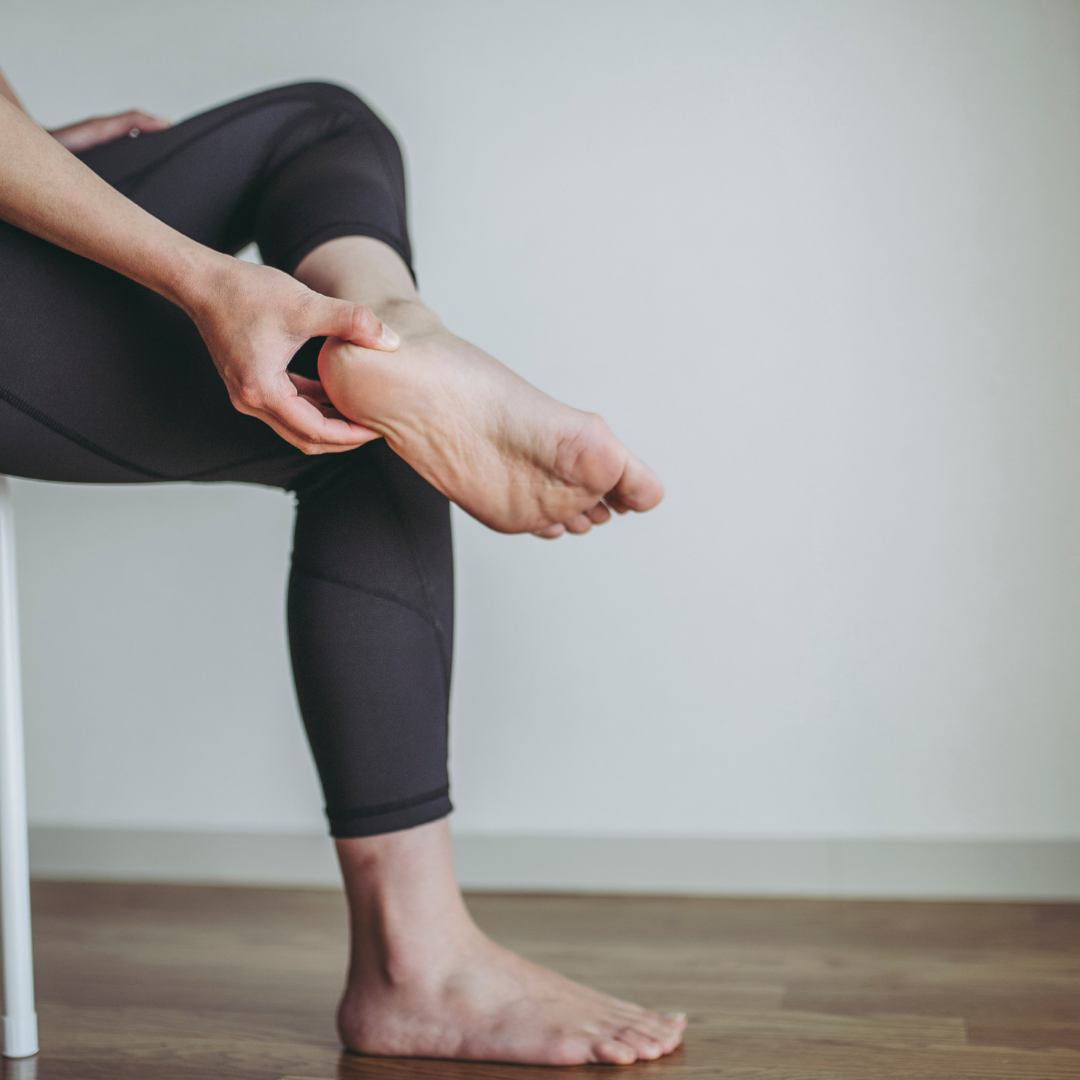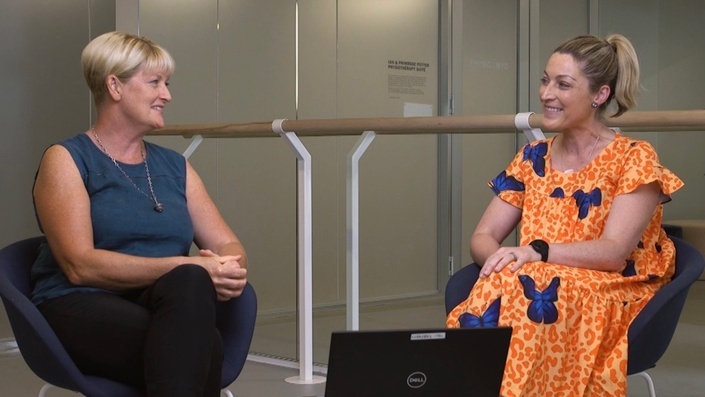Thanks for taking the time to sit down and answer some questions Hamish!
Among a few other areas, you have a strong clinical interest in treating what is most commonly known as plantar fasciitis; can you give our readership an overview of what plantar fasciitis is, how it typically onsets and how it behaves?
The plantar fascia is a band of fibrous tissue that travels from the heel to the forefoot. To keep things simple during a period of plantar fasciitis the plantar fascia becomes sensitive to pressure and load (the underlying mechanism are still not completely understood). It affects around 7-10% of the population with even higher rates is certain populations such as runners.
We typically see a gradual or sudden increase in pain under the heel or arch of the foot. Although it is a personal experience most people will describe higher pain levels with first steps after rising in the morning and or with prolonged time on feet such as walking. Its severity can vary from affecting activities of daily living to discomfort with high loads such as long distance running.
Is there are common age group that it mostly affects, and if so, any particular reasons why it affects this demographic?
We most commonly see plantar fasciitis in middle aged people. Although not totally understood potential reasons for this may be due to increased BMI, the loss of the tissues elasticity as we age as well as its decreased ability to tolerate acute and chronic changes in tensile loading.
Like most things in the medical world, as time evolves, conditions get given new names. Plantar Fasciitis is no different; what is it now referred to and why?
Plantar fascitis, plantar fasciosis, plantar fasciopathy or plantar heel pain? The name has changed as we learn more about the pathophysiology of the condition. We now generally refer to it as plantar fasciopathy or plantar heel pain. Plantar Fasciitis was based on the fascia being inflamed ‘itis’ however we know this is generally not the case. Interestingly, findings on imaging such as inflammation, tears, bone spurs and plantar fascia thickening are not always the reason for the pain with these ‘abnormalities’ often seen in the feet of pain free people as well.
Unfortunately these image findings can at times have a negative or nocebic affect on people, leading to the association of pain with tissue damage, and subsequent fear avoidance behaviours around using the foot.
Does plantar heel pain need imaging to confirm the diagnosis, or is a diagnosis made by clinical presentation?
Plantar heel pain can generally be diagnosed by clinical presentation through a detailed subjective and objective assessment. Although rare further diagnostics maybe at times required to rule out other sinister pathology masquerading as plantar heel pain.
I commonly see plantar heel pain present after the patient has had worsening symptoms over 2-3 months; do you see plantar heel pain present acutely? And if so, how would your management differ between a sudden acute presentation compared to a chronic presentation?
I actually just followed up an acute bout of plantar heel pain a few hours ago. I saw her last week after she suddenly developed arch/heel pain after introducing a speed session to her regular runs (an sudden spike in unaccustomed load). My initial plan and treatment advice was to deload the sensitive tissue so we discussed load management strategies and used a taping technique.
If she’d been experiencing this pain for a number of months then my aim would be to improve tissue load tolerance by progressively loading her plantar fascia tissue up through specific exercises.

Now I have seen a fair few cases of plantar fascia pain in my time, and I must say, I find it to be the most frustrating condition to try and treat – I have been known to throw every treatment option at plantar heel pain including stretching, frozen bottle rolling, low dye taping, dry needling, night splints, orthotics, iontophoresis, shockwave therapy, foot intrinsic strengthening, calf strengthening and the kitchen-sink. Why do you think it is such a stubborn condition to manage? And where does the current evidence base lie in the treatment of plantar heel pain looking at passive interventions versus the active interventions.
Yes, it can be a very stubborn and frustrating injury. We need to understand the importance of a biopsychosocial approach and treating the person with the plantar heel pain and not just the heel or imaging findings alone. Persistent heel pain can have a profound psychosocial impact on an individuals and we need to take this into consideration when managing this condition. I think an issue with persistent cases is that there has been too much focus on passive interventions for de-loading and pain relief and not as much on an active approach to improve the load tolerance.
There certainly are a large number of passive treatments offered for pain relief and a lot of these may work for one case but not the next. The specific effects of many of these treatments are still not completely understood or proven. The current literature is showing that we want to settle the acute episode through load modification. This may involve taping, orthoses and some passive treatments, but most importantly provide accurate advice and education about the condition.
Once the acute episode has settled or if the case is persistent we want to implement an active approach through loading, strength and conditioning (not just the foot) and a progressive return to activities based on the individuals needs.
I clearly remember going on an overseas trip a couple of years ago and I doubled my daily step count in 1 week compared to what I had done regularly over the last 3 months. Among a few lower limb niggles I started to wake up with at the end of the holiday, plantar feel “awareness” was one of them; how much of a contributing factor is “training errors/poor load management”?
Yes, I believe most cases are due to a change in normal loading patterns. What we often see is an amount of load applied to the plantar fascia which is greater than its current capacity to tolerate it. We can’t always identify the trigger, but often the pain comes on after a sudden change in load due to a new activity. Something as simple as increased walking on holiday can trigger it.
Are there any other contributing factors to the onset of plantar heel pain that you are aware of? Ie. change in footwear, poor calf strength/endurance, decreased dorsi flexion, increase body weight?
Increased body weight and decreased ankle mobility have been proven to be the most significant factors in developing plantar heel pain. Interestingly foot mechanics and shape has not been found to be a significant factor with inconclusive evidence for abnormal foot posture and abnormal foot motion being causative factors.
Thanks for your time Hamish; before we wrap up today; can you give our readers any words of advice on how to manage plantar heel pain optimally?
Get an accurate diagnosis, understand pain is multifactorial in nature and likely due to sensitivity in the tissue and not tissue damage itself. Keep it simple and use a biopsychosocial approach to management. De-load then re-load, but most importantly be patient there are not quick fixes for persistent cases.
If you’d like to learn more about plantar heel pain, here’s a recent research summary that Mick Hughes wrote:
https://www.learn.physio/p/learn-physio-research-review-issue-7
ACL & Knee Masterclasses
Did you enjoy this blog? Enrol in one of our Masterclasses about the ACL or the adolescent knee:



